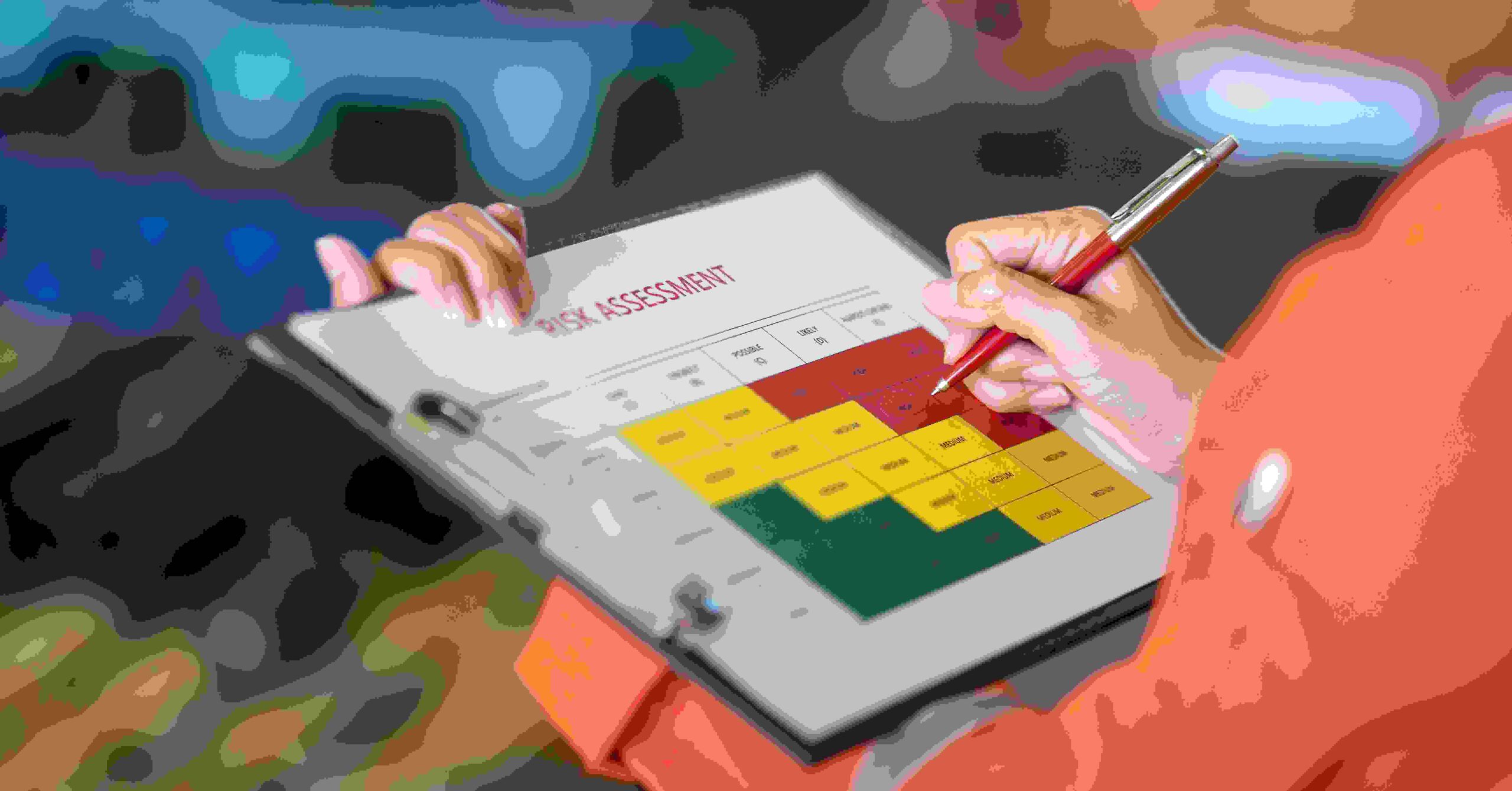Risk assessment is a critical process that organizations across various industries undertake to identify, evaluate, and manage potential risks and vulnerabilities. A comprehensive risk assessment framework is essential for ensuring that risks are systematically addressed and that the organization is prepared to mitigate and respond to adverse events. In this article, we delve into the key elements that make up a robust Risk Assessment framework and the importance of each component.
Defining a Risk Assessment Framework
A risk assessment framework is a structured and organized approach to identifying, evaluating, and managing risks. It provides a clear methodology for analyzing potential threats to an organization, categorizing risks, and implementing strategies to mitigate their impact. An effective framework is adaptable and aligned with the organization’s objectives, ensuring that risk management becomes an integral part of decision-making and strategic planning.
Key Elements of a Comprehensive Risk Assessment Framework
1. Risk Identification:
The foundation of any risk assessment framework is the identification of potential risks. This involves recognizing risks specific to the organization’s industry, operations, and objectives. Risks can be categorized into different types, such as operational, financial, strategic, compliance, and reputational risks.
Identifying risks allows organizations to understand the factors that can negatively impact their operations, making it possible to implement measures for risk mitigation.
2. Risk Analysis:
Once risks are identified, the next step is to analyze them. This involves assessing the likelihood of each risk occurring and its potential impact on the organization. Risk analysis helps prioritize risks based on their significance.
Analyzing risks provides organizations with a clear understanding of where to allocate resources and effort for risk mitigation and management.
3. Risk Evaluation:
Risk evaluation involves determining the organization’s risk tolerance and comparing it to the assessed risks. This process helps identify which risks require immediate attention and which can be managed with existing controls.
Evaluating risks enables organizations to make informed decisions about risk mitigation strategies, resources allocation, and risk acceptance.
4. Risk Mitigation Strategies:
After identifying and analyzing risks, organizations must develop strategies to mitigate them. These strategies can vary depending on the nature of the risk and may include risk avoidance, risk reduction, risk sharing, or risk acceptance.
Implementing risk mitigation strategies ensures that the organization is proactively addressing potential threats and vulnerabilities.
5. Monitoring and Review:
Risk assessment is not a one-time activity; it is an ongoing process. Continuous monitoring and review of risks are crucial to ensure that the organization remains prepared to manage emerging risks and respond to changes in its risk landscape.
Regular monitoring and review allow organizations to adapt to evolving risks and make necessary adjustments to their risk mitigation strategies.
6. Communication and Reporting:
Effective communication is essential in a risk assessment framework. Organizations should establish clear communication channels to report and discuss risks and their mitigation strategies with relevant stakeholders.
Transparent communication ensures that all members of the organization are aware of risks and understand their roles in risk management.
7. Documentation:
Comprehensive documentation is a vital element of a risk assessment framework. It provides a record of the risk assessment process, including risk identification, analysis, evaluation, and mitigation strategies.
Documentation serves as evidence of the organization’s commitment to risk management and can be useful in demonstrating compliance with regulatory standards.
8. Regulatory Compliance:
Organizations should align their Technical Risk Management framework with relevant regulatory requirements. This includes ensuring that risk assessments address legal compliance and regulatory standards specific to the industry.
Compliance with regulations is a crucial aspect of risk management, and organizations must adapt their framework to adhere to evolving legal standards.
9. Training and Education:
Employees play a significant role in risk management. Training and education programs are essential to ensure that all members of the organization understand their responsibilities in identifying and managing risks.
Well-informed employees can contribute effectively to risk assessment and help in the implementation of risk mitigation strategies.
10. Cybersecurity and Data Protection:
With the increasing significance of data security, organizations must include cybersecurity and data protection as integral elements of their risk assessment framework. This involves identifying potential cyber threats and vulnerabilities and implementing strategies to safeguard data.
Bottom line
A comprehensive risk assessment framework is a critical tool for organizations seeking to systematically identify, evaluate, and manage potential risks and vulnerabilities. Each element of the framework, from risk identification to strategic alignment, plays a vital role in ensuring that risks are proactively addressed and that the organization remains prepared to mitigate and respond to adverse events. In a rapidly changing and complex business environment, a well-structured risk assessment framework provides a roadmap for navigating uncertainties and safeguarding the organization’s integrity, reputation, and success. By continually adapting and evolving their framework, organizations can stay ahead of emerging risks and make informed decisions to protect their interests and stakeholders.













